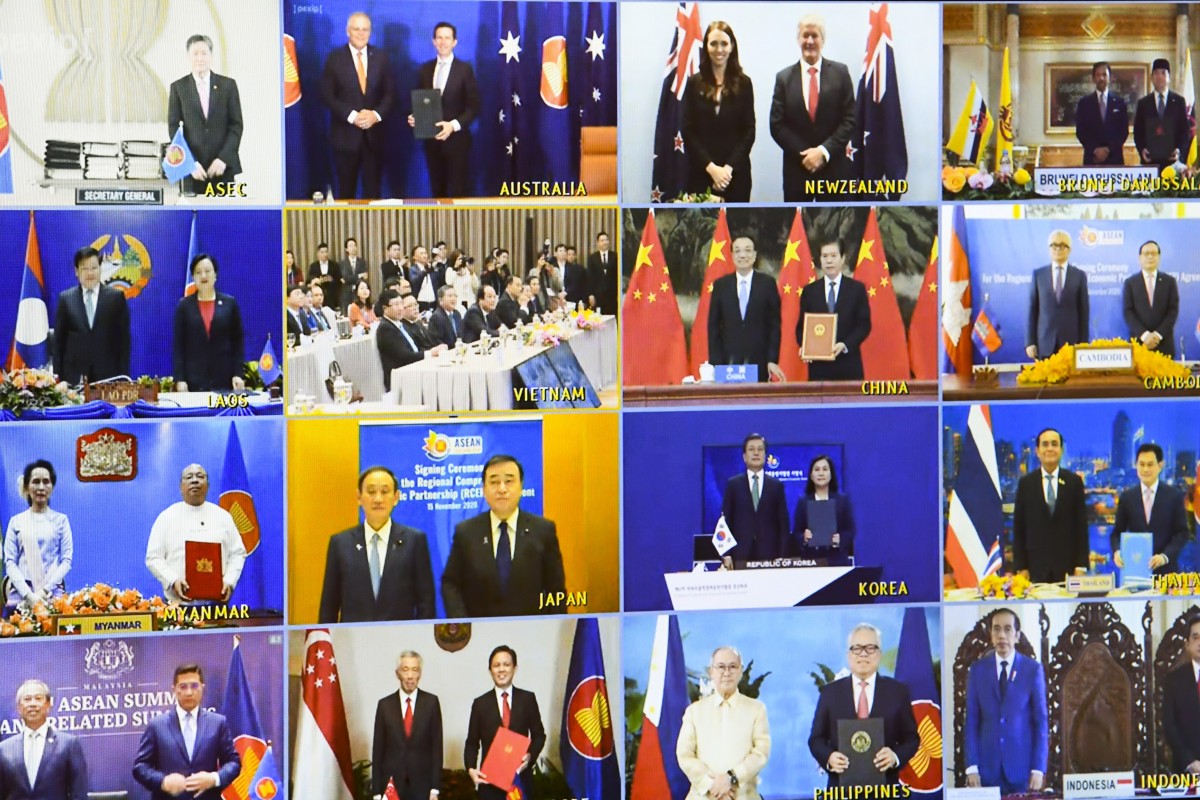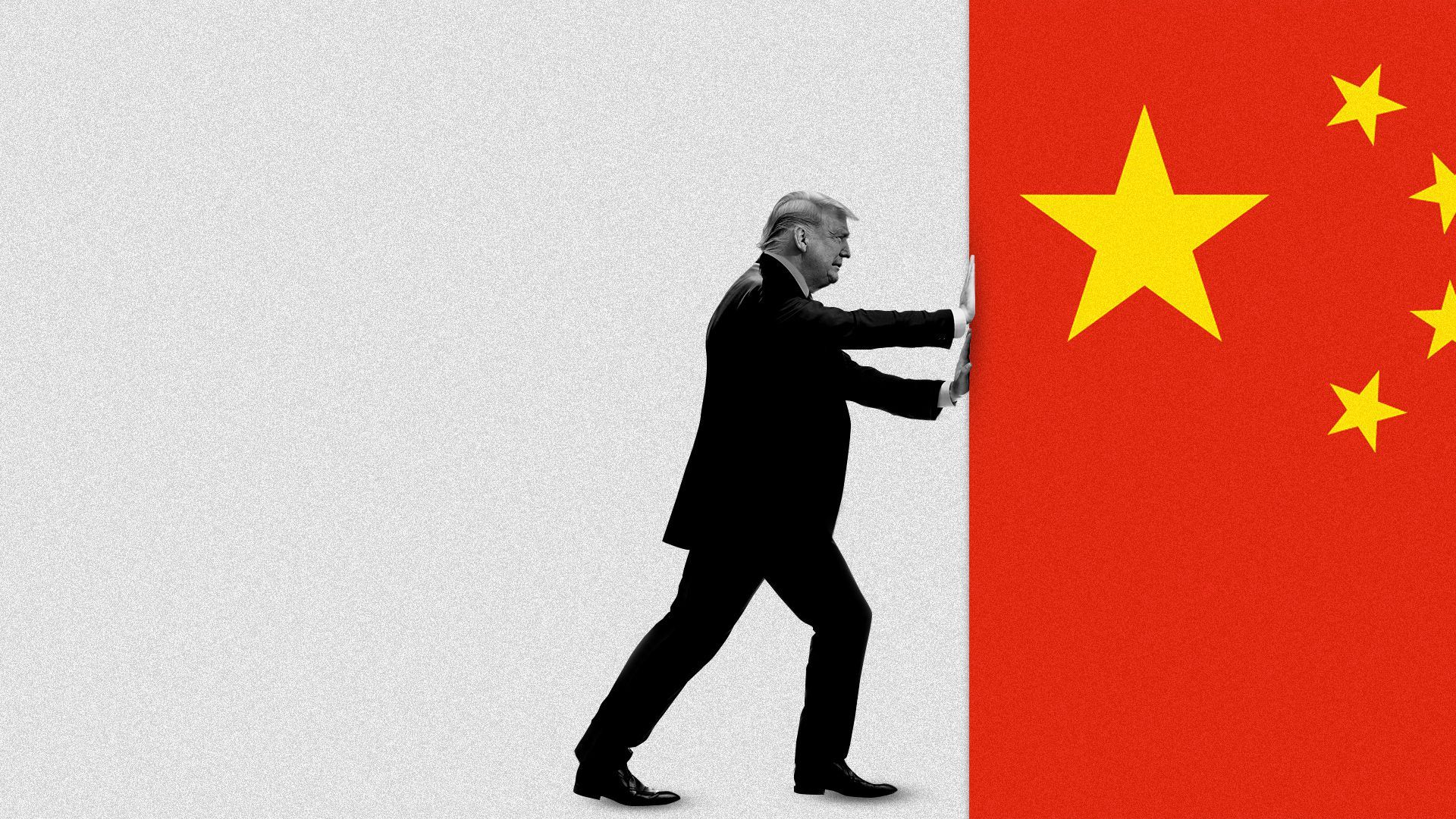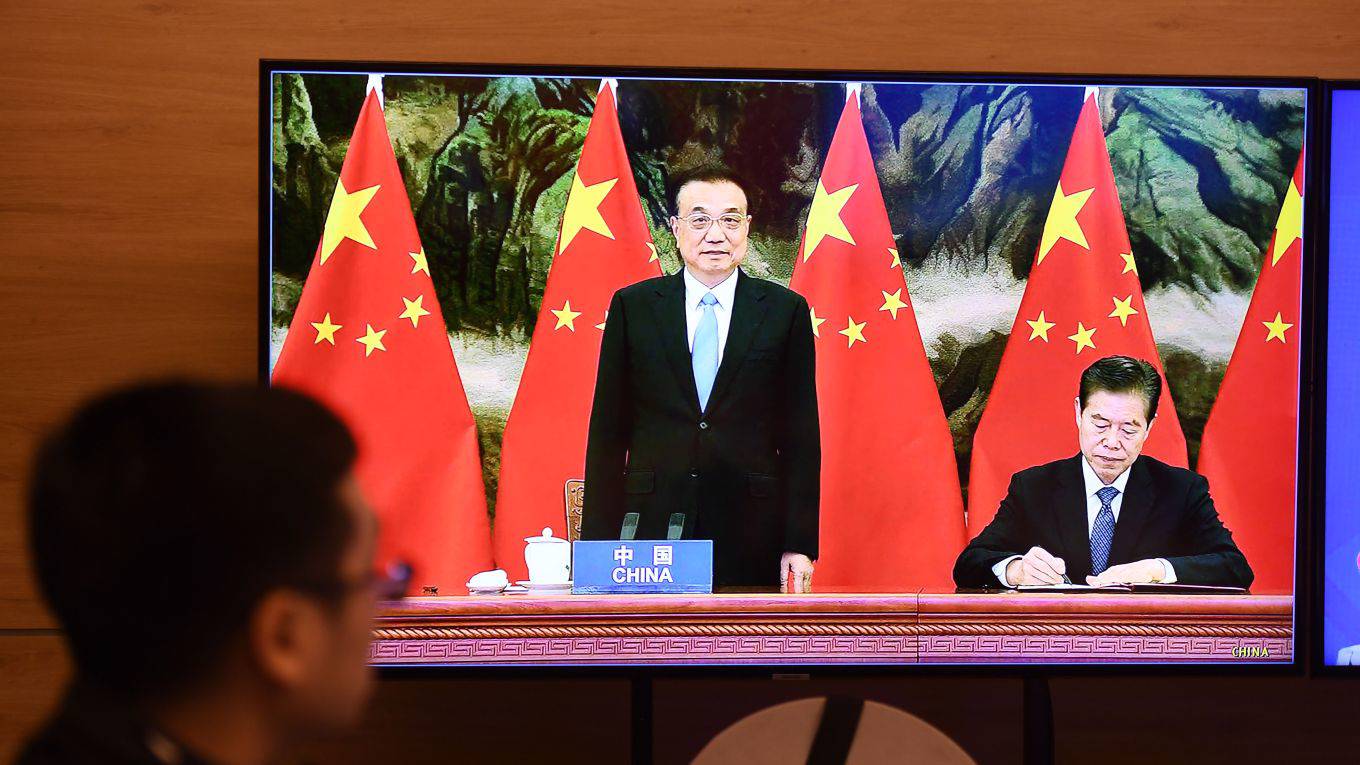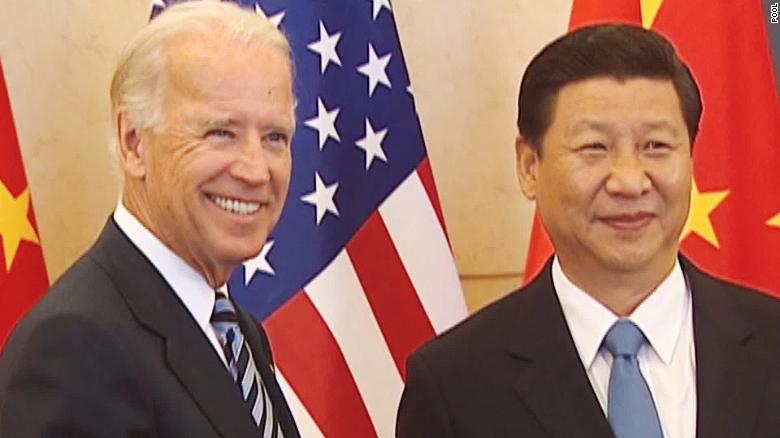Source Link
COVID-19 has presented India with an unprecedented economic, humanitarian, and healthcare challenge. The lockdown measures have helped contain the spread of the coronavirus but exacted an immense economic toll, with economists now predicting that the country’s gross domestic product will shrink between 1.5 percent and 5 percent during the 2021 fiscal year.1
On the business side, India’s automotive and mobility sectors are among the hardest hit. Following the pattern seen in countries where COVID-19 spread earlier, lockdown measures and other restrictions have limited travel and left many consumers unable or unwilling to purchase vehicles. Adding to the pain, the coronavirus took hold just as automotive OEMs and mobility players were attempting to recover from a precipitous drop in annual sales in 2019.
When looking beyond the immediate challenges, however, the picture is not as bleak. Over the long term, as COVID-19 is controlled and India enters the next normal, we expect that automotive and mobility players will return to their former strength. Although many challenges lie ahead, the coronavirus could accelerate some beneficial trends. For instance, electrification will increase in select segments, such as two-wheel (2W) and three-wheel (3W) vehicles, and shared mobility could also increase because of the growth of various use cases, such as last-mile delivery, ride hailing, and rentals. As they prepare for the future, a solid understanding of the changed landscape can help OEMs and other stakeholders update their strategies for the Indian market.




















